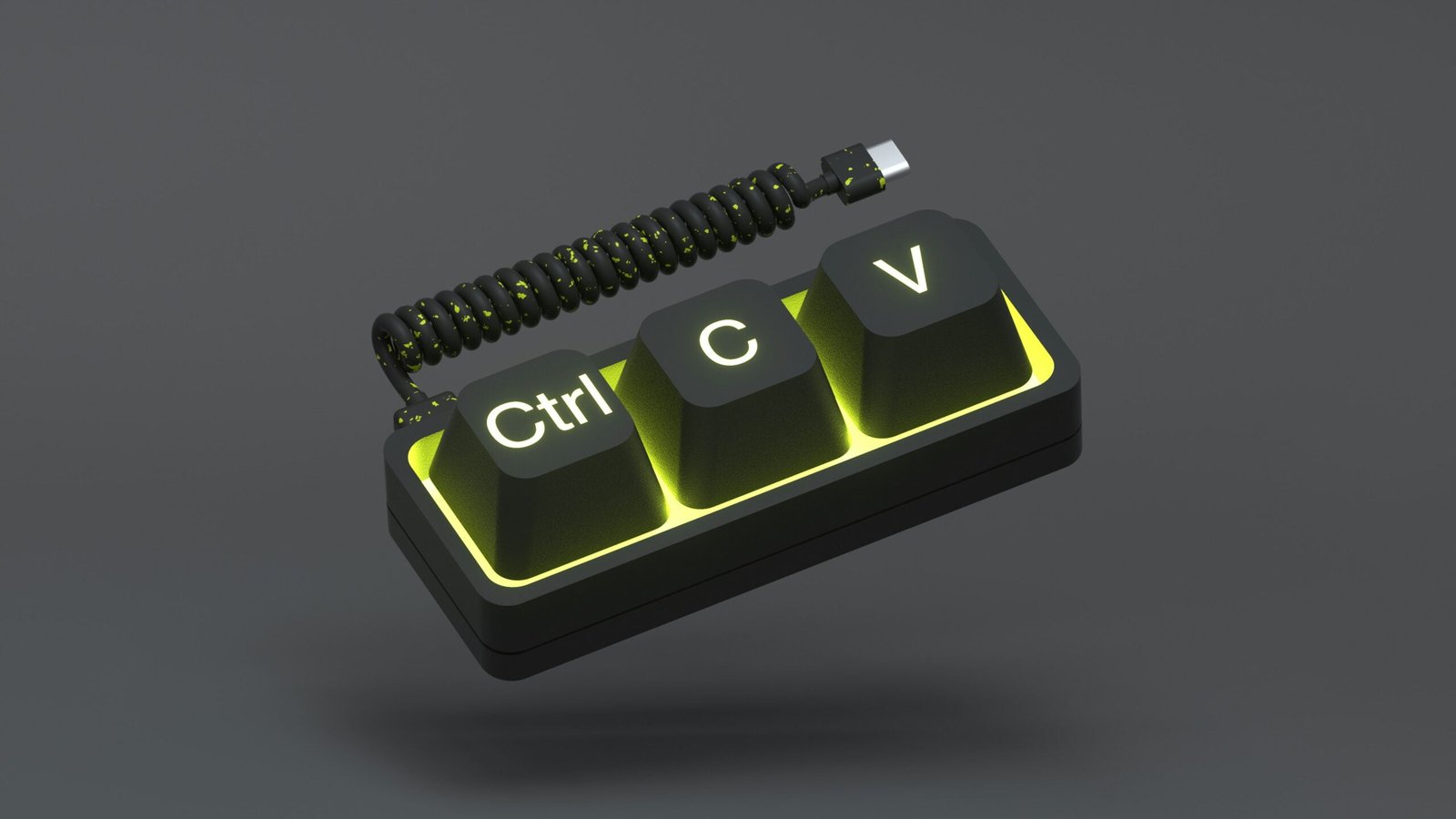Keyboards are an essential part of our daily lives, whether we are using them for work, gaming, or simply browsing the internet. While most people are familiar with the basic functions of a keyboard, such as typing and navigating, many may not be aware that keyboard keys are actually removable. In this blog post, we will explore the topic of removable keyboard keys, discussing why someone might want to remove them, how to remove them safely, and potential issues that may arise.
Why Remove Keyboard Keys?
There are several reasons why someone might want to remove keyboard keys. One common reason is to clean the keyboard thoroughly. Over time, dust, crumbs, and other debris can accumulate between the keys, which can affect the keyboard’s performance and make typing less comfortable. By removing the keys, it becomes much easier to clean the keyboard and ensure that it is free from any unwanted substances.
Another reason to remove keyboard keys is to replace them. If a key becomes damaged or worn out, it may need to be replaced. By removing the key, it is possible to access the mechanism beneath and either fix the issue or replace the key entirely.
How to Remove Keyboard Keys
Removing keyboard keys can be a simple process, but it is important to proceed with caution to avoid causing any damage. Here are the general steps to follow:
- Turn off your computer or disconnect the keyboard from your device. This will prevent any accidental keystrokes while removing the keys.
- Identify the key you want to remove. Most keys have a small plastic hinge mechanism that holds them in place.
- Using a small flathead screwdriver or a keycap puller tool, gently pry up one side of the key. Be careful not to apply too much force to avoid breaking the key or the hinge.
- Once one side of the key is lifted, repeat the process on the other side until the key pops off.
- If the key has a rubber dome or a scissor switch mechanism, you may need to remove the keycap carefully to access the underlying mechanism.
- If you are removing multiple keys, it is a good idea to take a photo or make a note of their original positions to ensure they are reassembled correctly.
It is important to note that the process of removing keyboard keys may vary slightly depending on the keyboard model and manufacturer. Therefore, it is always recommended to consult the user manual or manufacturer’s website for specific instructions.
Potential Issues and Precautions
While removing keyboard keys can be a relatively straightforward process, there are a few potential issues and precautions to keep in mind:
1. Breaking the keys or hinges: Keyboard keys and their hinge mechanisms are delicate, so it is crucial to be gentle when removing them. Applying excessive force can result in broken keys or hinges, which may require replacement.
2. Losing or misplacing keys: When removing multiple keys, it is easy to misplace or lose them. To avoid this, it is recommended to work in a well-lit area and have a clean workspace. Additionally, keeping track of the keys’ original positions can help ensure they are reassembled correctly.
3. Damaging the underlying mechanism: Some keyboards have different types of mechanisms beneath the keys, such as rubber domes or scissor switches. When removing the keycaps, it is important to be cautious not to damage these mechanisms, as it can affect the keyboard’s functionality.
4. Voiding warranty: Removing keyboard keys may void the warranty provided by the manufacturer. Before attempting to remove any keys, it is advisable to check the warranty terms and conditions to avoid any potential issues.
Conclusion
While keyboard keys are not designed to be frequently removed, they can be taken off for cleaning or replacement purposes. By following the appropriate steps and taking necessary precautions, it is possible to safely remove keyboard keys without causing any damage. Whether you are looking to clean your keyboard thoroughly or replace a worn-out key, understanding how to remove keyboard keys can be a useful skill to have.



